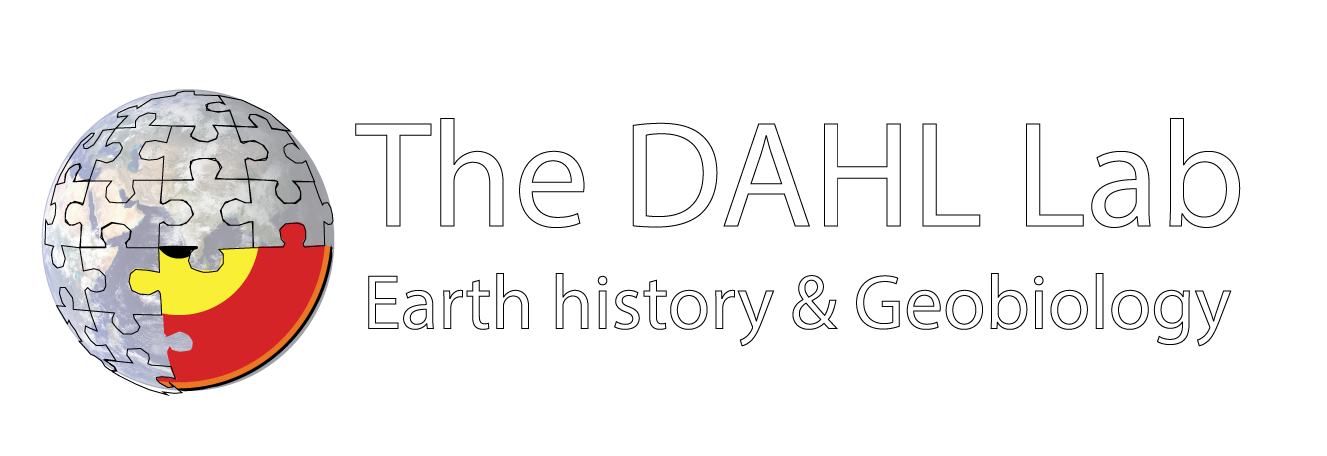Art in Science Award 2017
Magnus Harding obtained this picture of the element distribution in a ~60 million year old plant fossil (Taxodium or Sequoia) using TOF-SIMS on a specimen from the Natural History Museum of Denmark collections. The graphics was awarded the annual Art in Science Award 2017for “the best scientific explanation”. Here is a photo from the award show.

